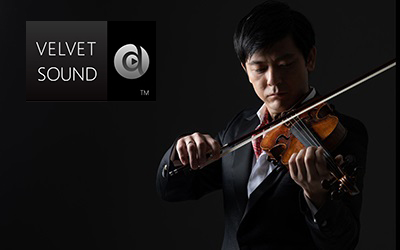When digital audio first hit the consumer market all the players had R2R DAC’s and audio writers moaned about the digital sound. Some blamed it on distortion caused by imperfect accuracy in the steps of the resistor ladder. Others said it was the antialiasing filters. Out came massive oversampling and the first D/S DAC’s (then called one bit DAC’s). The D/S DAC’s were expensive and every real audiophile scrambled do get one. Now non oversampled R2R DAC’s are praised as wonderful. Were they deaf then or are they deaf now?
Aside: I asked a sales guy at a high end audio store back then how a one bit DAC worked and his explanation was pretty funny.
Aside: I asked a sales guy at a high end audio store back then how a one bit DAC worked and his explanation was pretty funny.



